Featured Photo
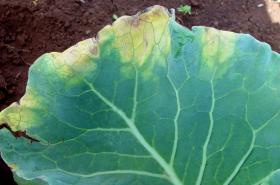
Other Photos
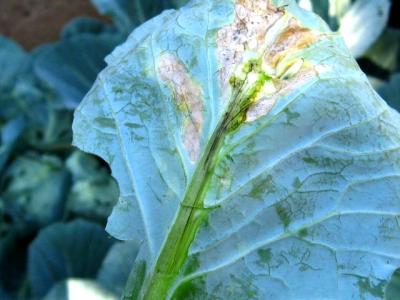
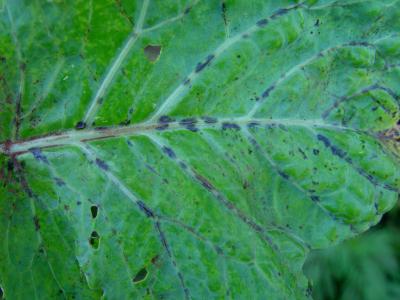
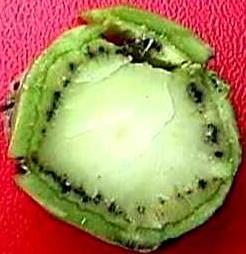
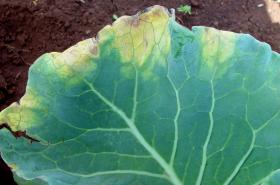
Is this a Minor Pest?
Yes
Minor Pest Title
Black rot (Xanthomonas campestris pv. campestris)
Minor Pest Description
Black rot is caused by the bacterium Xanthomonas campestris pv. campestris, and is one of the most serious cabbage diseases in warm climates. The black rot bacterium can over-season on infected cabbage seeds, in weeds from the family Cruciferae (including: black mustard, field mustard, wild turnip, wild radish, shepherd's purse, and pepperweed); or in infected plant material in the soil.
Minor Pest What to do.
- Disease-free transplants should be used or seeds must be treated with hot water treatment as described below.
- Hot water treatment of own seed to prevent seed-borne diseases such as black rot, black leg, black spot and ring spot is recommended where the disease has appeared before. However, the specified temperature and time interval should be strictly followed in order to maintain seed viability. Use a good thermometer or better ask for assistance from qualified personnel from your local agriculture office. Recommended temperature and time for heat treatment for cabbage: 50°C: for 30 minutes, for broccoli, cauliflower, kale, kohlrabi, turnip: 50°C: for 30 minutes.
For more details on Hot water treatment click here.
- Establish crops in black rot-free soils that have not grown crops from the family Cruciferae for at least 3 years.
- Growing cabbage on raised beds with mulching helps eliminate conditions that induce black rot.
- When possible, remove, burn, or deep plough all crop debris immediately after harvest to reduce the ability of the bacterium to survive in the soil where there is no crop.
Minor Pest Position
1
Minor Pest Firstcontent
117
Pest Type
bacterial
Other Crops
Mustard, Radish, Crucifers
Host Plants
Cabbage,Kales,other Brassicas- Revised
Minor Pest secondContent
572
Featured Image
PH Pests Media Gallery
